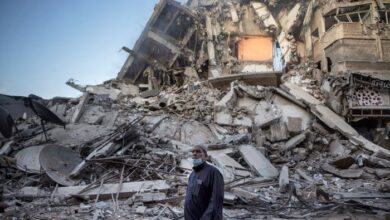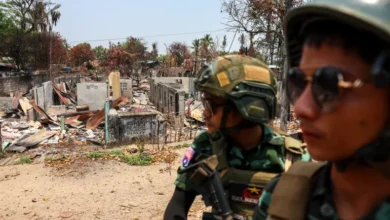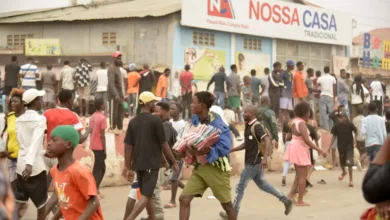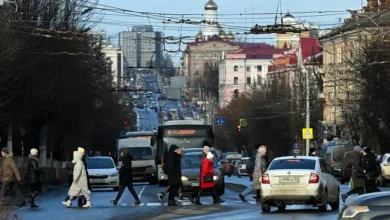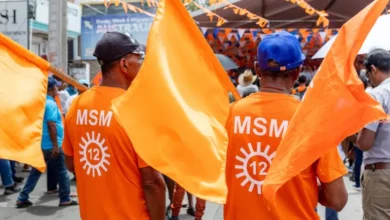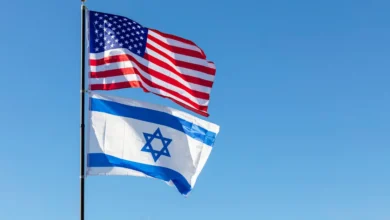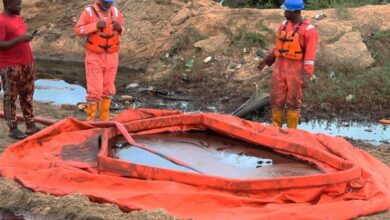Why are we always talking about the West Bank?
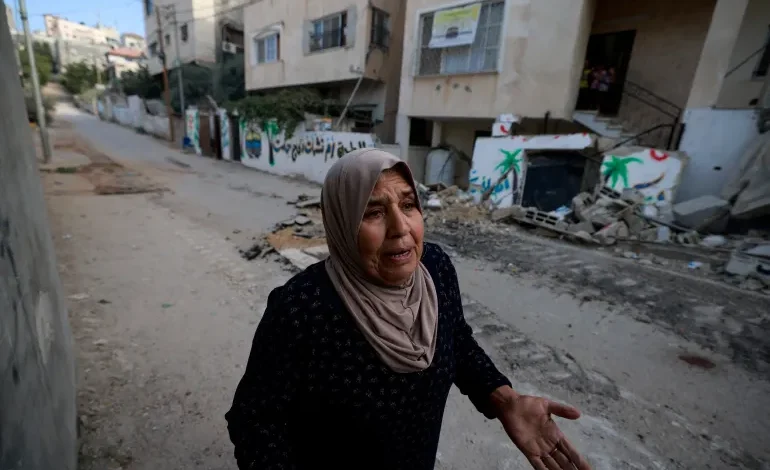
Israel’s assault on refugee camps in the occupied West Bank has dominated headlines.
Israel has killed at least 20 people since it launched its attacks on the towns and refugee camps at Jenin, Nablus, Tubas and Tulkarem overnight on Wednesday.
What’s the occupied West Bank? Who are the refugees there?
The occupied West Bank is part of historical Palestine on the west bank of the Jordan River, it measures 5,650sq km (2,180sq miles) of landlocked territory surrounded by Israel, Jordan, and the Dead Sea.
Approximately three million Palestinians live there, alongside an increasing number of Israelis who built illegal settlements and outposts on land taken by force from Palestinian families.
The West Bank has some 871,000 registered refugees, a quarter of whom live in 19 refugee camps, descendants of the Palestinians ethnically cleansed from their homes and lands to make way for the creation of Israel in the Nakba of 1948.
What does it have to do with Gaza?
The occupied West Bank and Gaza are both parts of Palestine but are separated from each other by the state of Israel.Both Gaza and the West Bank were occupied by Israel in 1967 and remained so for decades, until Israel pulled out of Gaza in 2005.
Israel is still attacking Gaza, and has killed more than 40,000 people and injured nearly 100,000.
The tactics Israel is using in Gaza have been referenced by some Israeli ministers who have demanded that the same be done in the occupied West Bank assaults, including forcing people out of their homes to clear certain areas.
What does it mean that the West Bank is ‘occupied’?
In the 1967 war, Israel took the land earmarked by the UN as part of a future Palestinian state from caretaker Jordan.
Even with the establishment of the Palestinian Authority after the Olso Accords, the Israeli army operates unchecked and effectively controls the territory and still controls several essential administrative and governmental functions.
At the end of the day, Palestinians do not even control their own land.
In theory, the limits of Israel’s occupation of the West Bank should be regulated by international law.
Under the 1949 Geneva Convention, the transfer of all or part of an occupying population onto territory it has seized – like Israelis building settlements on Palestinian land – is illegal.
In 2004 and 2016 respectively, the International Court of Justice (ICJ) and the UN Security Council said the construction of Israeli settlements in the West Bank is illegal.
In July of this year, the ICJ again ruled that the Israeli presence in the West Bank was unlawful and should come to an end “as rapidly as possible”.
So, is construction of new settlements over?
Not in the least.
While settlement construction was fairly slow until the 1980s, it has surged since, with hundreds of new settlements and outposts established.
Before October 7, more than 700,000 Israelis lived in the West Bank across more than 150 illegal settlements and numerous outposts.
Numbers have increased dramatically after October 7.
According to Israel, the settlements are necessary for security, serving as a buffer against hostile Arab states, in addition to Iran.
Israel also says the Oslo Accords do not explicitly ban settlement in all areas and that some are allowed under the terms of the agreement.
How have West Bank Palestinians responded to the occupation?
In short, with resistance and anger.
Tens of thousands of Palestinians have been killed during Israel’s occupation of the West Bank.
Displacement, dispossession, lack of rights, economic hardships and military control over daily life have fanned Palestinian anger.
However, the continued systematic confiscation of land for the construction of Israeli settlements has caused the most outrage.
Have the Palestinians revolted?
There have been two Intifadas (uprisings) against the Israeli occupation.
The first Intifada, 1987-1993, began with protests and demonstrations, including stone-throwing and civil disobedience, before escalating into widespread revolt.
